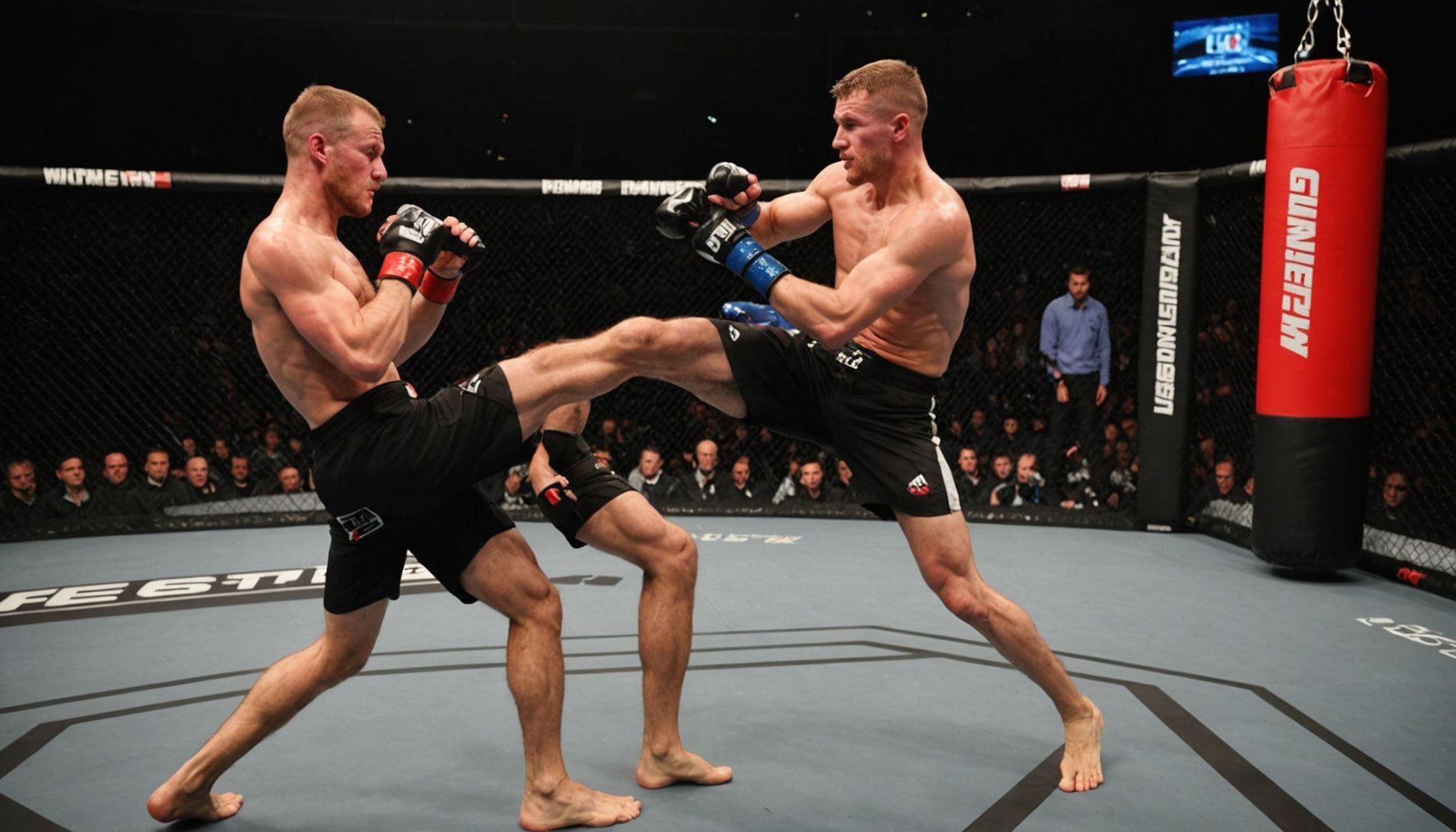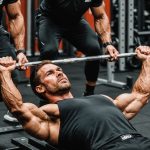Understanding Biomechanics in Combat Sports
Biomechanics in martial arts is a field that delves into the scientific principles governing movement, efficiency, and effectiveness within combat sports. By analysing the way bodies move, martial artists can enhance their performance, reduce injury risk, and develop more effective defensive techniques.
Primarily, biomechanics focuses on understanding force, leverage, and balance, which are crucial in executing any martial arts manoeuvre. In terms of defense, this means examining how a martial artist positions their body to absorb or deflect an opponent’s blow most efficiently.
In the same genre : Elevate your karate skills: essential dynamic stretching methods for uk practitioners to unlock ultimate flexibility
Defensive techniques informed by biomechanics consider angles of attack, timing, and body placement to maximise protection and counter-attacking options. Key biomechanical principles impacting fighting strategies include:
- Newton’s Laws of Motion: Essential for analysing how momentum and force are transferred between opponents.
- Centre of Mass: Critical for maintaining balance, influencing both offensive and defensive stances.
- Kinetic Chains: Focus on how movements are interconnected, allowing fighters to utilise maximum strength and speed.
By adopting these scientific principles, martial artists refine their strategies, making them adaptable to various fighting styles and opponents. The integration of biomechanics ensures a technical advantage, providing insights into optimising every movement on the mat or in the ring.
Also read : Boost your fencing lunge: transform uk athletes” performance with dynamic plyometric training techniques
Biomechanical Techniques for Enhanced Defense
Understanding defensive training methods in sports or martial arts requires a focus on technique optimization and movement efficiency. Using biomechanical techniques, athletes can improve their defensive capabilities significantly. By analyzing body mechanics, these methods help in identifying optimal movement patterns for enhanced agility and balance, both crucial for effective defense.
One effective technique is optimizing joint angles to maximize leverage and minimize strain. This is achieved by studying the biomechanics in various defensive stances, adjusting body positions to make movements more efficient and less energy-consuming. Such precision not only conserves energy but also increases speed and reactive capabilities during defensive maneuvers.
Considerable case studies substantiate these findings. For instance, players who underwent biomechanical adjustments to their defensive training displayed noticeable improvements in agility and balance. These refinements resulted in fewer injuries and better performance on the field, proving the techniques’ efficacy.
Emphasizing movement efficiency, defensive training methods help athletes maintain balance while transitioning quickly between offensive and defensive positions. The emphasis on technique optimization ensures that each move is grounded in biomechanical principles, allowing athletes to react quicker with less effort. This sophisticated approach elevates defense from a mere physical exercise to a scientific discipline, offering practical benefits in real-world scenarios.
Practical Application of Biomechanics in Training
In the world of UK fighter training, the understanding and application of biomechanics have become revolutionarily important. By focusing on how movements can be optimised, fighters can enhance their skills and performance.
Drills for Biomechanics
Drills incorporating biomechanical principles are crucial for skill enhancement. Techniques such as plyometrics and agility ladders help improve strength and speed. Utilizing biomechanical feedback allows athletes to continuously refine their actions, ensuring precision and effectiveness. Regular analysis is vital, offering insights into movement efficiency and areas needing improvement.
Equipment and Tools
Modern training techniques heavily rely on specific tools that support biomechanical training. Devices like motion analysis cameras and wearable sensors are essential in gathering precise data on a fighter’s performance. Selecting the right equipment for defense training involves considering how these tools align with the athlete’s specific needs and the type of feedback they offer.
Coaching Strategies
Coaches play a significant role in integrating biomechanics into training. Methods such as video analysis and personalised feedback help transform theoretical knowledge into practical skills. Coaches should focus on exercises that enhance movement efficiency and ensure that biomechanical principles are incorporated throughout the training sessions, thus amplifying fighter defense capability.
Success Stories: UK Fighters Utilizing Biomechanics
Delving into fighter testimonials reveals fascinating insights into how UK athletes harness the power of biomechanics. Numerous UK fighters attribute significant performance improvements to biomechanical training, highlighting its transformative potential.
Case studies from various fighting disciplines showcase how precise biomechanical strategies lead to remarkable advancements. One fighter, for instance, significantly enhanced his punching speed and accuracy, resulting in a more formidable presence in the ring. Another athlete improved her agility and footwork, adapting biomechanical techniques to optimize her training regimen.
Comparative analysis shows the stark contrast between fighters’ performances before and after embracing biomechanics. Prior to training, many struggled with consistency in their movements or lacked the necessary efficiency. Post-training, these same fighters exhibited refined techniques and increased endurance, directly influencing their success in competitions.
Such testimonials underscore the effectiveness of biomechanics. Fighters report not only better performance but also reduced injury risk, suggesting these strategies offer both immediate and long-term benefits. This approach, now gaining traction among UK fighters, proves invaluable in pushing the boundaries of what can be achieved in combat sports.
The Future of Biomechanics in Combat Sports
The realm of combat sports is constantly evolving, with emerging trends in biomechanics playing a vital role in its future. Current research in biomechanics focuses on optimizing athletes’ performance through a better understanding of human movement. By analysing motion and force, researchers aim to minimise injury risks and enhance the effectiveness of training techniques.
Amongst the innovations that biomechanics has introduced, wearable technology stands out. These devices monitor athletes in real-time, providing detailed insights into physical exertion and movement patterns. Such advancements not only aid in refining defensive strategies but also allow trainers to tailor their approaches based on precise data.
The UK combat sports community stands to gain significantly from these advancements. Emerging trends suggest a future where fighters can leverage biomechanics to anticipate opponents’ moves, drastically improving their defensive capabilities. Furthermore, research in biomechanics continues to explore new methods for injury prevention, a crucial aspect given the physically demanding nature of combat sports.
With ongoing innovation, biomechanics could redefine how UK fighters train and compete. By making data-driven decisions, these athletes can potentially extend their careers, reduce downtime, and enhance overall performance, ensuring they remain competitive on the world stage.











